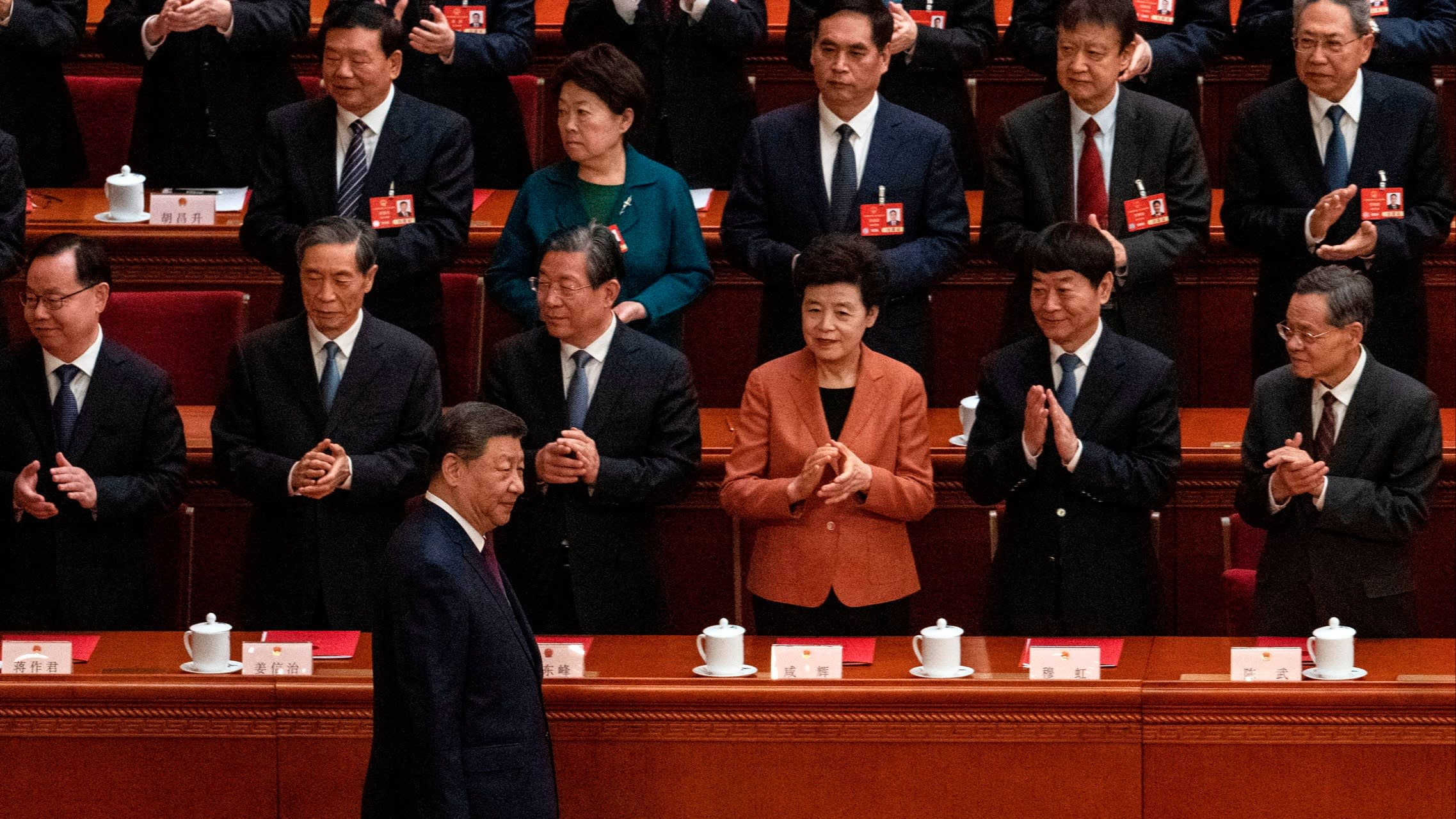China Prepares for Turmoil Amid Donald Trump’s Challenges with ‘DeepSeek Congress’

Understanding China’s Response to Trump-era Turbulence
Over the years, China’s political and economic landscape has evolved in reaction to global events, especially U.S. policy changes. Recently, the term "DeepSeek Congress" has surfaced in discussions about China’s strategic initiatives to prepare for potential instability arising from the actions of former President Donald Trump and his supporters. This concept refers to the ways in which Beijing is adapting its strategies to align with both internal and external political dynamics.
The Impact of Trump’s Presidency on China
Donald Trump’s presidency was marked by significant shifts in U.S.-China relations. Key areas of tension included:
- Trade Wars: High tariffs were imposed on Chinese goods, prompting Beijing to retaliate. This trade dispute heightened economic anxiety and uncertainty.
- Diplomatic Strains: The Trump administration often took a confrontational approach, which included criticisms of China’s human rights record and its policies in Hong Kong and Taiwan.
- National Security: Trump’s focus on national security led to heightened scrutiny of Chinese companies, particularly in the tech sector.
Given these developments, China has recognized the need to strengthen its own political and economic structures to withstand ongoing uncertainties generated by U.S. policy.
The "DeepSeek Congress" Strategy Explained
The term "DeepSeek Congress" refers to a layered approach within China’s governance and policy-making processes. This strategy emphasizes:
1. Political Cohesion
By reinforcing unity within various governmental sectors, China aims to present a strong front. This might include:
- Strengthening Party Leadership: Ensuring that the Chinese Communist Party maintains control over decision-making processes.
- Promoting Nationalism: Using patriotic rhetoric to unify citizens and bolster support for government policies.
2. Economic Resilience
China is actively working on enhancing its economic structure to better face external challenges. Key strategies involve:
- Diversifying Trade Partners: Reducing dependence on the U.S. market by forging new trade agreements with other countries.
- Investment in Technology: Encouraging innovation and self-sufficiency in critical sectors like semiconductors and artificial intelligence.
3. Intelligence and Surveillance
To anticipate any politically motivated upheaval, China is investing in its intelligence infrastructure. This involves:
- Monitoring Discourse: Keeping tabs on public sentiment and political movements through advanced surveillance technologies.
- Counteracting Dissent: Implementing measures to curtail freedoms seen as destabilizing, such as protests or criticism of the government.
China’s Long-Term Vision
Looking ahead, China is strategizing to solidify its position both regionally and globally. This includes:
- Belt and Road Initiative (BRI): Aiming to expand its influence through infrastructure development and investments in other countries.
- Strengthening Regional Alliances: By fostering close relationships with neighboring countries, China is working to create a supportive environment that can buffer against external pressures.
Global Reactions and Implications
Other countries are closely watching China’s response to U.S. political dynamics. The world remains divided on views of China’s approach. Some key reactions include:
- Concern Over Authoritarianism: Critics argue that China’s response to perceived instability undermines democratic values and human rights.
- Interest in Economic Opportunities: Many nations see potential in aligning with China’s economic programs, especially with the BRI.
Ultimately, how China navigates these turbulent waters will have a significant impact on global politics and economics in the years to come. The emergence of strategies like the "DeepSeek Congress" reflects Beijing’s preparedness to tackle challenges arising from shifting U.S. policies and their implications on international relations.





